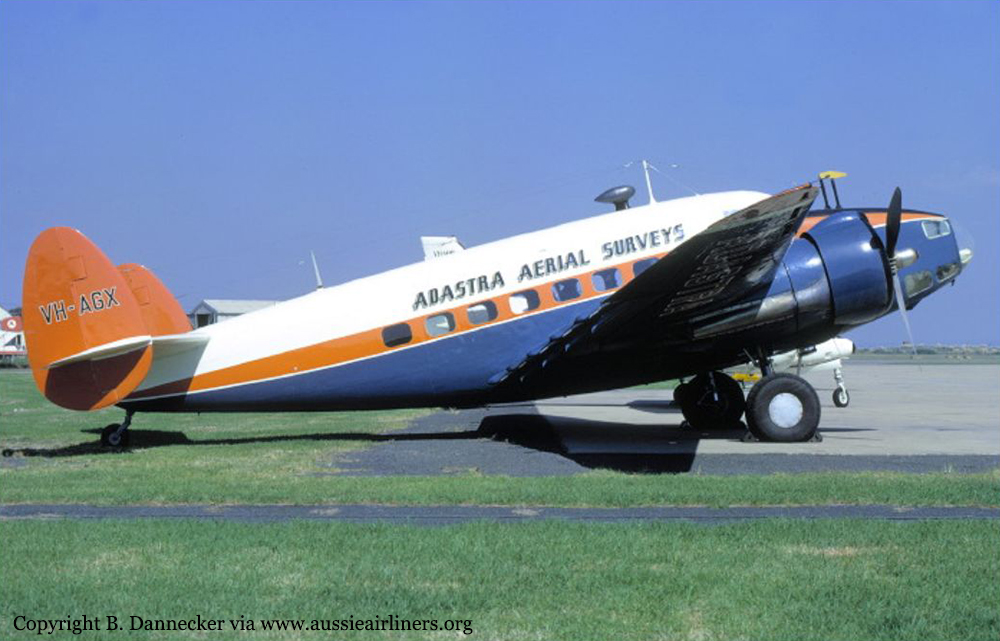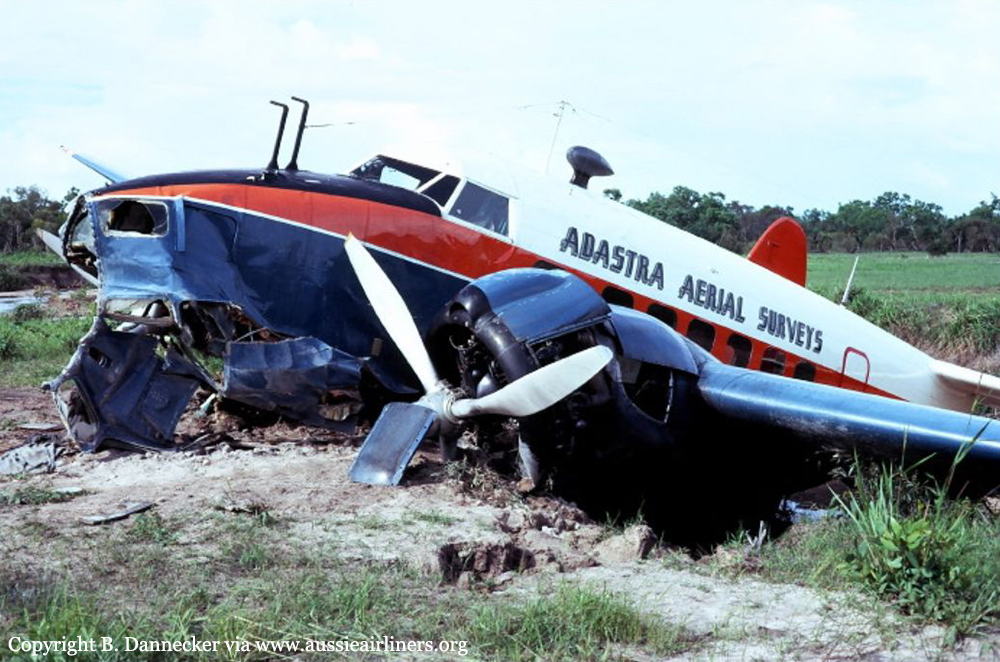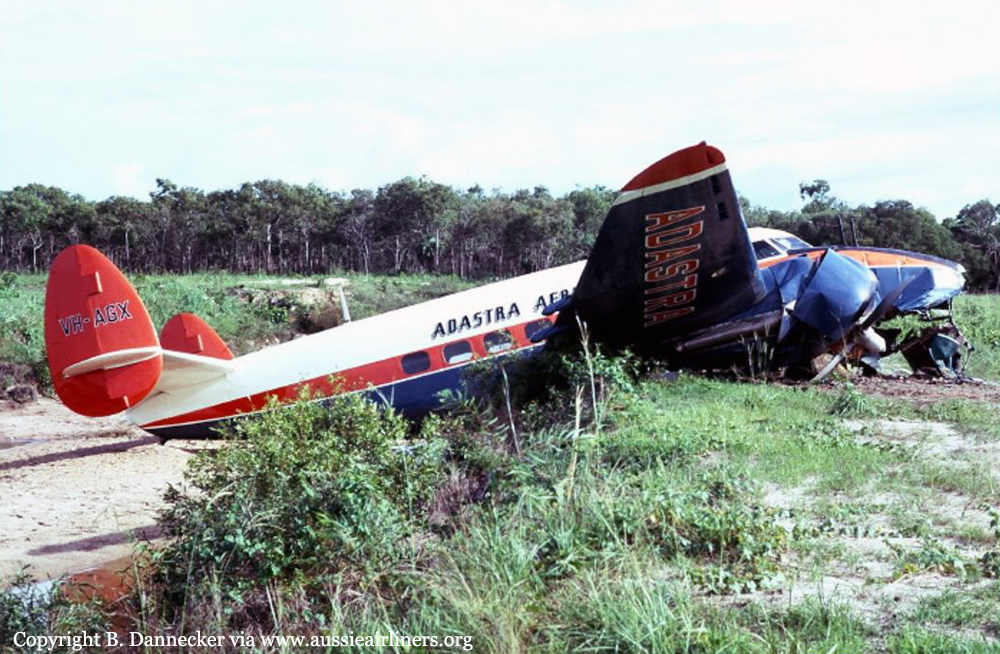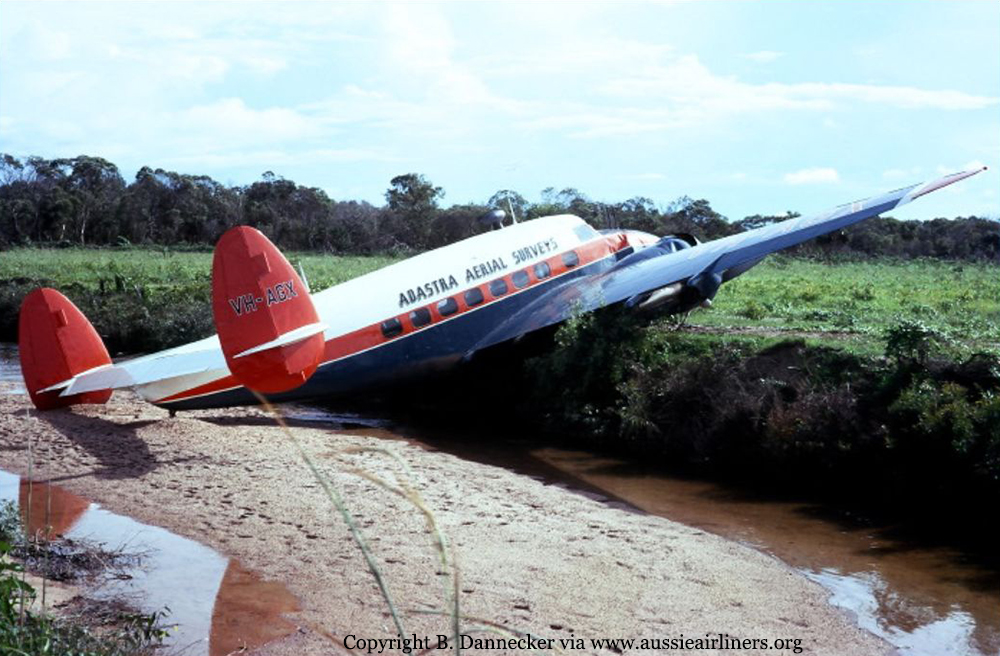Crash of a PZL-Mielec AN-2 near Vanavara: 2 killed
Date & Time:
Feb 1, 1975 at 1152 LT
Registration:
CCCP-41299
Survivors:
No
Schedule:
Strelka-Chunya – Vanavara
MSN:
1G64-14
YOM:
1965
Crew on board:
2
Crew fatalities:
Pax on board:
0
Pax fatalities:
Other fatalities:
Total fatalities:
2
Aircraft flight hours:
7883
Aircraft flight cycles:
13808
Circumstances:
After some materials have been delivered in Strelka-Chunya, the crew departed Strelka-Chunya at 1126LT on a ferry flight to Vanavara. Weather was quite fine with a visibility of 6-10 km with light snow and an OAT of -25°. En route, the single engine airplane struck trees and crashed in a wooded area. As the airplane failed to arrive at destination, SAR operations were initiated and the wreckage was found two hours later about 78 km north of Vanavara. The aircraft was destroyed and both pilots were killed.
Probable cause:
The exact cause of the accident could not be determined with certainty. The engine was developing normal power at impact and no technical issues were found on the airplane or its components. Moreover, there were no failure or any errors on part of the crew. It is the opinion of the board that the accident was probably the consequence of an in-flight collision with a foreign object as traces of blood were found on the windshield and the floor of the airplane and that the crew did not send any distress call.


















